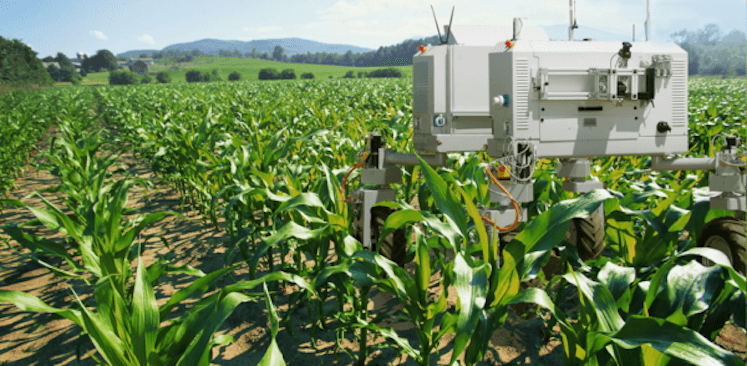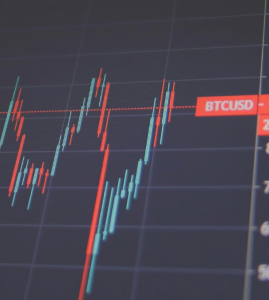The Internet of Things (IoT) is coming to the agriculture industry, but a new report suggests that service costs and niche products are slowing adoption of the new technologies.
Benefits of IoT in agriculture include better yield rates and reductions in the amount of water, soil, and seed needed. The worry, for farmers, is the implementation of IoT systems and cost of service surpasses the costs saved from using the technology.
See Also: When will robots finally take farmers’ jobs?
It is not the first industry to be on the fence on IoT benefits. Retailers have had a wealth of IoT startups to choose from, offering data analytics on shopper behaviors, but most have skipped the services, possibly due to the service charges outweighing the added revenue per customer.
In agriculture, there are a few suppliers that offer services at an annual cost. One of those is OnFarm Systems, which provides its Grower Dashboard, a platform to manage farm sensors, monitor temperature, cloud, and water irrigation, schedule tasks, and view analytics.
That comes alongside SMS alerts, maps, weather data, storage and backup and a messaging service. For a single user, the cost is $100 a year, but OnFarm limits the user to three data streams and one property, whereas the $500 a year package gives unlimited integrated data, acres, and data feeds. On top of that, an additional $100 is added for every virtual weather station the customer purchases.
Agriculture margins make tech investment tough
Others mentioned in the Lux Research report don’t provide costs on their website. Semios, for example, shows five different parts of its IoT platform for orchard and soil-based farming, but doesn’t say if the five features come separate or are available in one annual package.
See Also: Can Arable’s IoT tech end world hunger?
Phytech is even more expensive than OnFarm, costing $500 per acre. In case studies, Phytech says it can reduce water usage by 10 percent in two weeks, but is that reduction enough to cover the costs? All depends on the produce cost and how much a farmer can fit onto an acre of land.
The agriculture industry is not seeing large profits and service providers need to be able to show their value if they want customers that send payment every year. If 10 percent reduction in water usage or 20 percent increase in yield rate is worth it, we are bound to see more of these IoT startups enter the market, but if its not, we might see farmers firmly reject these emerging technologies for a few more years.


















